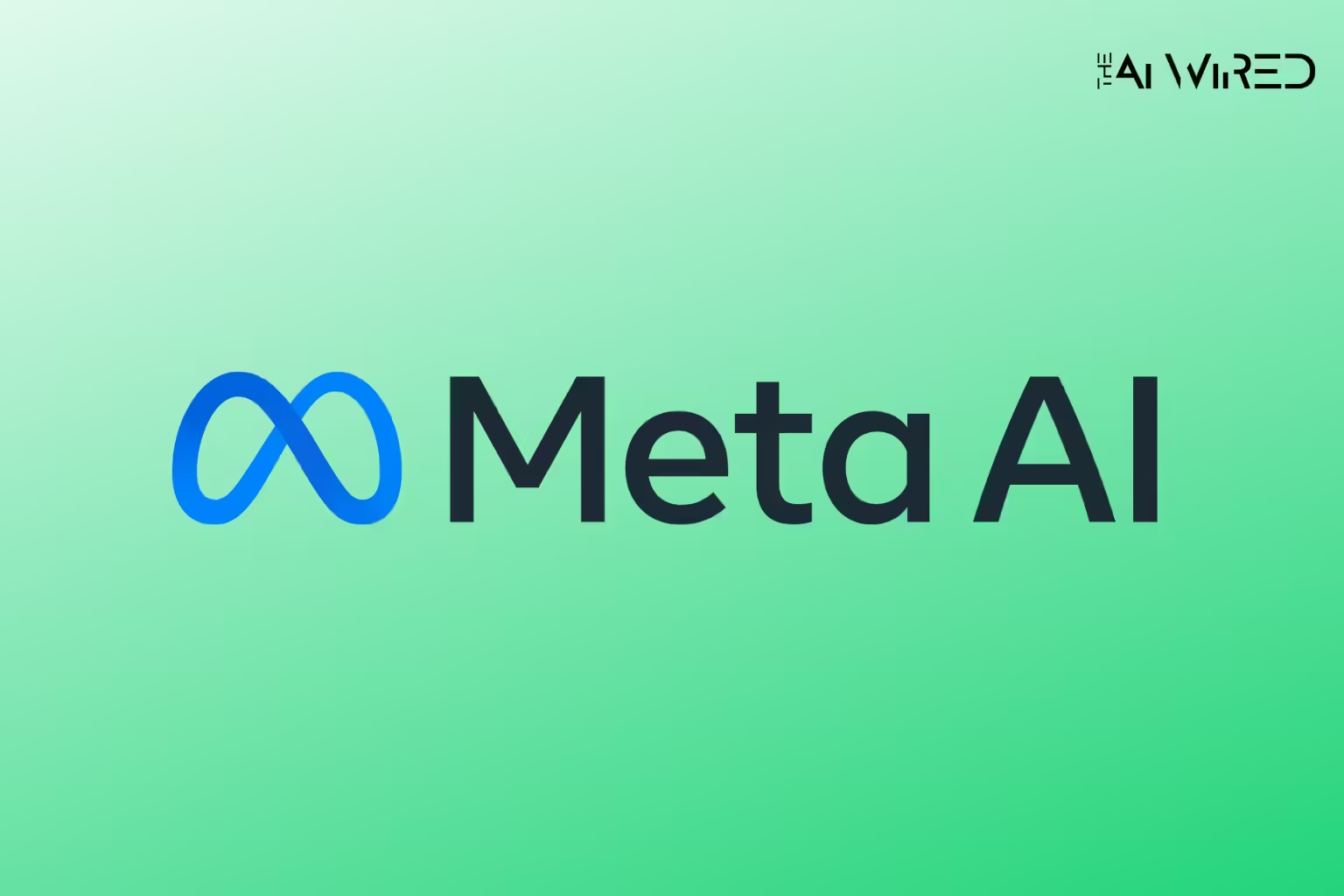
Meta AI Unveils LayerSkip: A Breakthrough in Faster LLM Inference Efficiency
Meta AI presents LayerSkip, a new way to speed up inference in Large Language Models (LLMs) while also cutting down on computational costs and making them more efficient.
LayerSkip is a new end-to-end solution created by researchers from FAIR at Meta, GenAI at Meta, Reality Labs, and several universities. It blends a unique training recipe with self-speculative decoding.
A new method is suggested. It involves training with a layer dropout system that lets earlier layers have low dropout rates and later layers have higher dropout rates. It also includes an early exit loss that lets transformer layers share an exit point. This helps the model be more resistant to early exits during inference, so it doesn’t need any extra layers.
LayerSkip also adds a self-speculative decoding method, in which predictions are made at the earliest layers, and verification and correction are done with the later levels. The memory footprint is smaller than with other speculative decoding methods because the draft and verification steps share computation and activations.
Benefits of LayerSkip: Reduced Computational Expenses
LayerSkip is an AI technique that focuses on layer dropout, early exits, and machine self-speculative decoding in an endeavor to provide the best from the model. It decreases computational expenses by making anticipations at the initial stage and ensuring them with the other secret levels, keeping accuracy, and enhancing speed.
This approach suggests that layers can be skipped to generate accurate results and, at the same time, enjoy the benefits that come with shared weights. Uniquely, LayerSkip has been released publically in this manner and one can access source codes that are present on GitHub currently.
Experimental Success with LayerSkip
Experiments with LayerSkip show that it works much faster for a wide range of jobs and Llama model sizes, including summarisation, coding, and semantic parsing. LayerSkip was able to speed up CNN/DM summarisation by up to 2.16 times, coding tasks by up to 1.82 times, and the TOPv2 semantic parsing job by up to 2 times. During training, layer dropout and early exit loss were used to improve the accuracy of early exits at earlier layers while keeping performance in the final layers at the same level as baseline models. The self-speculative decoding method also showed that it was good at using memory and processing power, which made it easier to use LLMs in real life.
Specialists invented a new paradigm for moving based on layer dropout, early termination of the loss, and self-mediating decoding. This new method is not only fast in inference, but also requires less memory, which is again important for utilizing big models on regular hardware. More recently, LayerSkip was published making it available to the research community to improve LLM inference by providing an efficient tool. It could help to make the application of AI in realistic scenarios much simpler.


